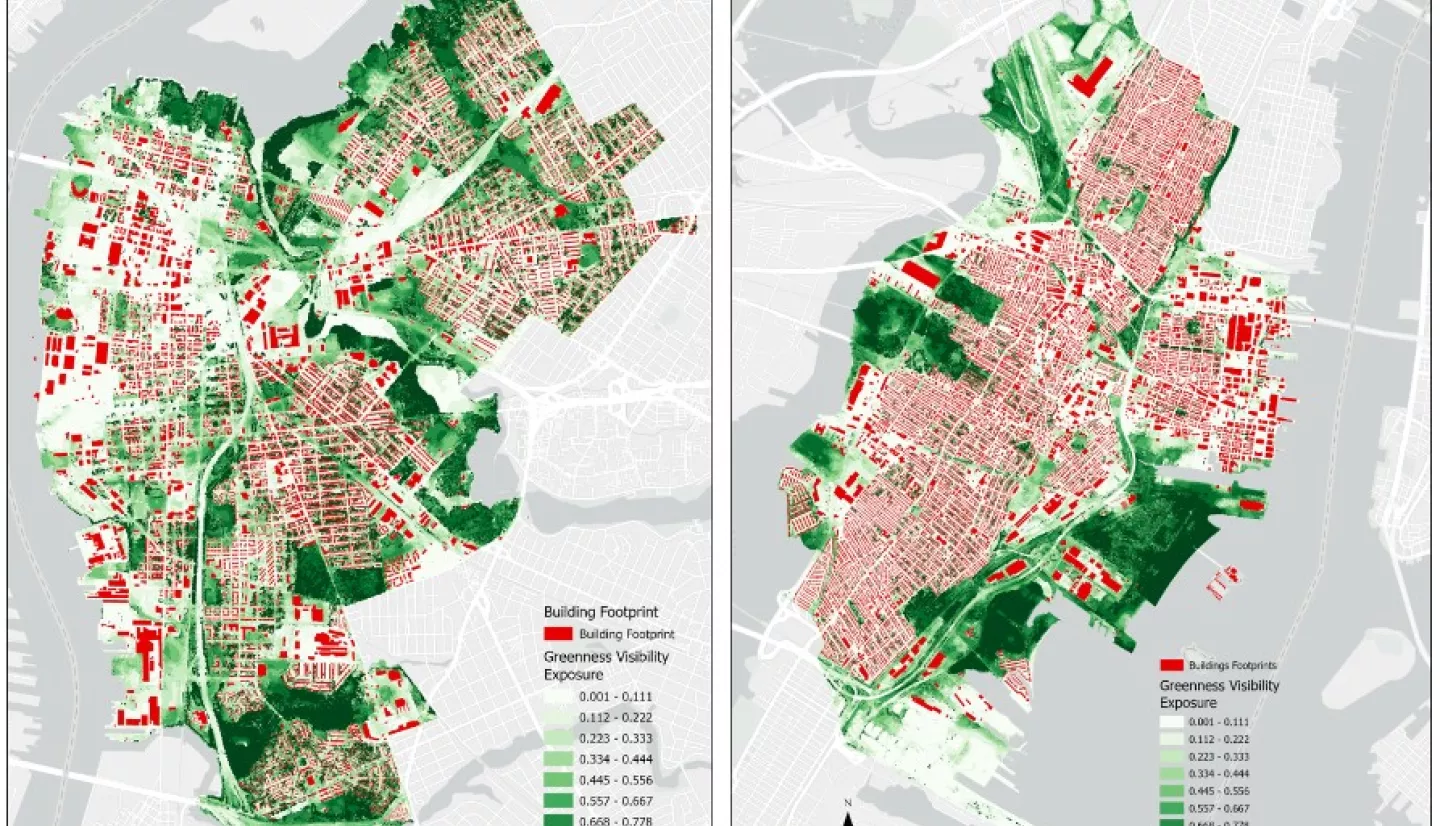The Project GrEEEn: Utilizing an environmental justice lens and earth science data to enhance greenspace Equity, Exposure, and Experience
Team: Dr. Mahbubur Meenar (Rowan University), Dr. Md Shahinoor Rahman (New Jersey City University), Dr. Deepti Adlakha (North Carolina State University), Dr. Ted Howell (Rowan University), Graduate students – Ben Woodward, Jon Hansel, and Jenna Monaghan (Rowan University), and Collaborator – Dr. S.M. Labib (Utrecht University, Nederlands)
Executive Summary: This project aims to follow participatory data collection and assessment processes to examine equity and environmental justice (EEJ) landscapes by analyzing one core issue environmental justice (EJ) and underserved urban communities face: greenspace access. In order to better understand greenspace access in EJ communities, we aim to examine three significant topics that need further research: (i) Equity—if greenspaces are equitably distributed in a community by offering easy walking access from residential parcels to nearby greenspaces in overburdened neighborhoods; (ii) Exposure—if users have visible green exposure (e.g., trees, plants, shrubs, and flowerbeds) while walking on their way to nearby greenspaces; and (iii) Experience—if users experience spatial quality and green features (e.g., land cover, tree types) while enjoying the greenspaces. Additionally, we aim to explore the ways that NASA could support EJ communities in analyzing and addressing these topics. Geographically, we are focusing on the state of New Jersey, and more specifically two EJ communities within the state—the City of Camden and Jersey City.
The project methodology includes four major tasks. (1) Greenspace planners’ survey: We conducted an online survey of parks and greenspace planners and policymakers from designated EJ communities in New Jersey to identify how NASA can best support local community decision-making processes relating to EEJ and greenspace issues by contributing earth science information to those processes. (2) Community survey and focus groups: We conducted a community survey and organize focus groups to understand public perceptions of greenspace equity, exposure, and experience. (3) Modeling: We are using earth science data to develop three models to understand greenspace equity, exposure, and experience in EJ communities and applying these models in Camden and Jersey City. (4) Statistical tests: We are examining the relationships between model results and EJ and vulnerable population groups.
